
Photographe : Simon Baungaard
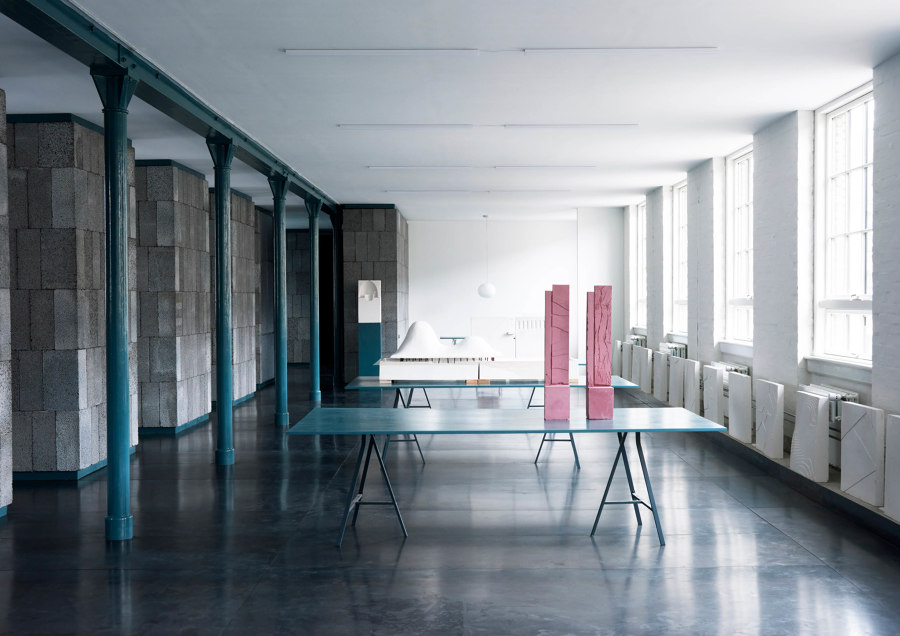
Photographe : Simon Baungaard
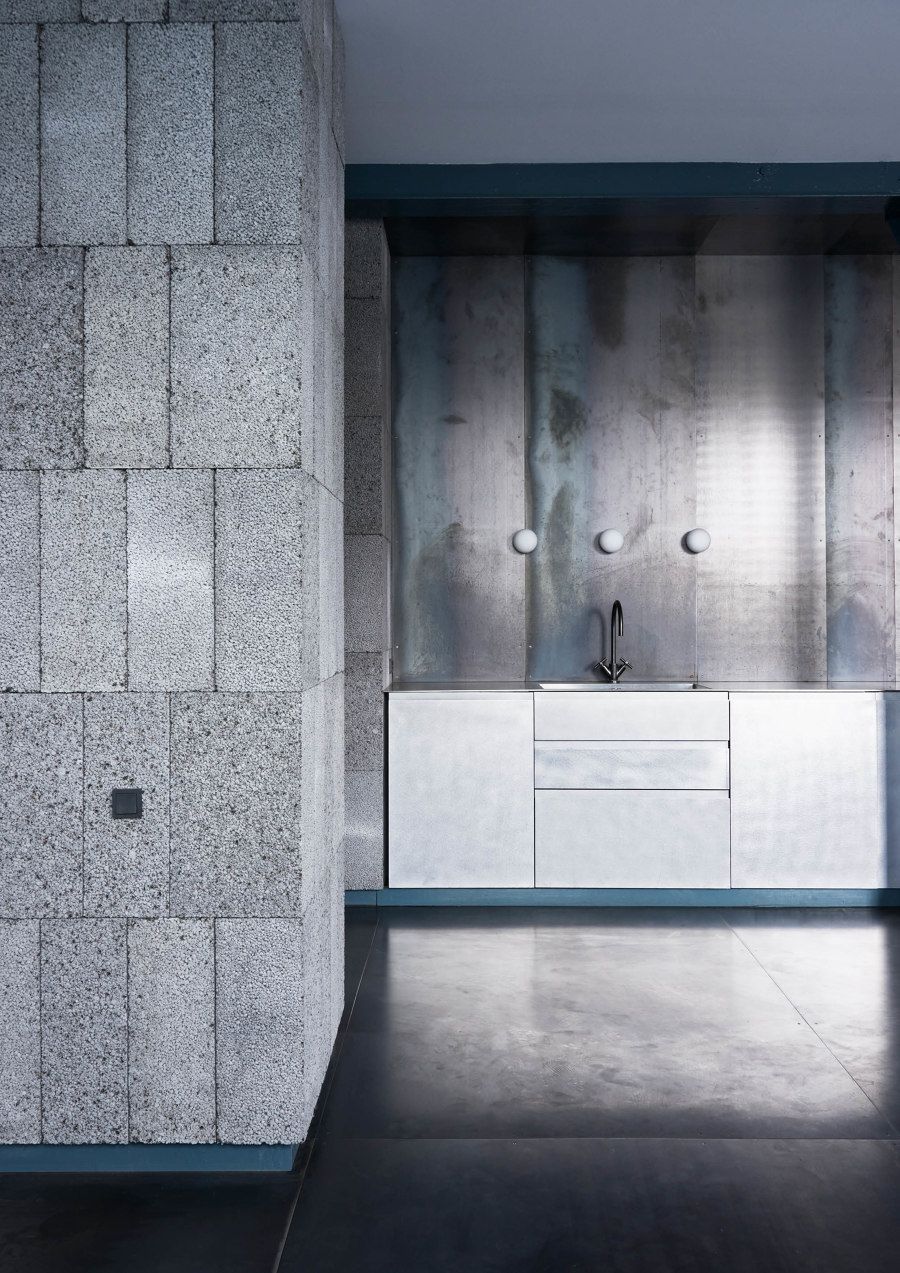
Photographe : Simon Baungaard
NORRØN Architects transforms a former textile warehouse into their new ’Territory for Dreaming’ in Copenhagen.
Located in Copenhagen, NORRØNs new studio space interprets the historical layers of a former warehouse into an industrial, yet refined aesthe- tic. With the renovation of the new studio space, the firm viewed an opportunity to experiment with both the use of materials as well as questio- ning conventional office typologies by creating a workspace divided into different zones rather than separate units.
The building complex dates back to an old textile factory from around the 1850s. In recent years, the space served as an office space composed of white cubical structures, only divided by a long corridor running through the entire space. With the transformation of the space, NORRØN sought out an architectural language in which the industrial remnants of the building were emphasized, yet put into dialogue with a contem- porary design expression as to tell the story of the place in a renewed way.
Raw materials and reflected light
By firstly removing existing interiors of the 350sqm space, only old iron columns remained. As a blank canvas, the floor running through the entire space was covered with a large raw steel plate. Orga- nized around the existing columns, the raw steel plates were laid out as a pattern resembling the lines of traditional Japanese tatami floors. And rather than dividing the main office space by walls, the spatial division was made possible by adding raw, concrete blocks. By tiling the leca blocks, the lines between the blocks have come to underline the height of the space. These spatial elements function as both spatial dividers, organizing the studio into different work zones while undertaking various functions such as cabinets to shelves.
As for the detailing of the space, a dark shiny green color was chosen in different sections of the office to add a certain depth to the architecture of the space, as seen both at the entrance and the furniture of the office. Another aspect of detailing in the studio is seen through the use of more refined steel surfaces such as brushed steel and platinum elements in the kitchen area. Furthermore, the variety of different textiles made from recycled polyester and appearing throughout the office refer to the history of the space, and was thus applied as an element to soften the industrial language.
Space for both analog and digital production
The spatial layout of the office is characterized as an open space, with only a few doors. The spatial elements and iron columns have been organized around a long pathway running across the studio, where different work zones unfold: zones for desk work and digital production on one side of the pathway, on the other, a large, open mockup space allowing for analog production – a central part of the creative process driving the architectural ethos of NORRØN.
Ultimately, the aim from the beginning was to establish a workflow, allowing for the interplay between digital and analog practices, that thus become a natural part of moving around the studio throughout the day, in contrast to having enclosed spaces designated for meetings and model making. The relation between materiality and layout has provided a unique workspace, allowing for a constant reflection of daylight, adding one final layer of poetic atmosphere into the space. Reflecting the architectural practice of NORRØN, the new studio attempts to (re)use classical elements in a new, contemporary way to emphasizes the history of a given space.
Design team:
Norrøn Architects / Marco Berenthz and Poul Høilund

Photographe : Simon Baungaard
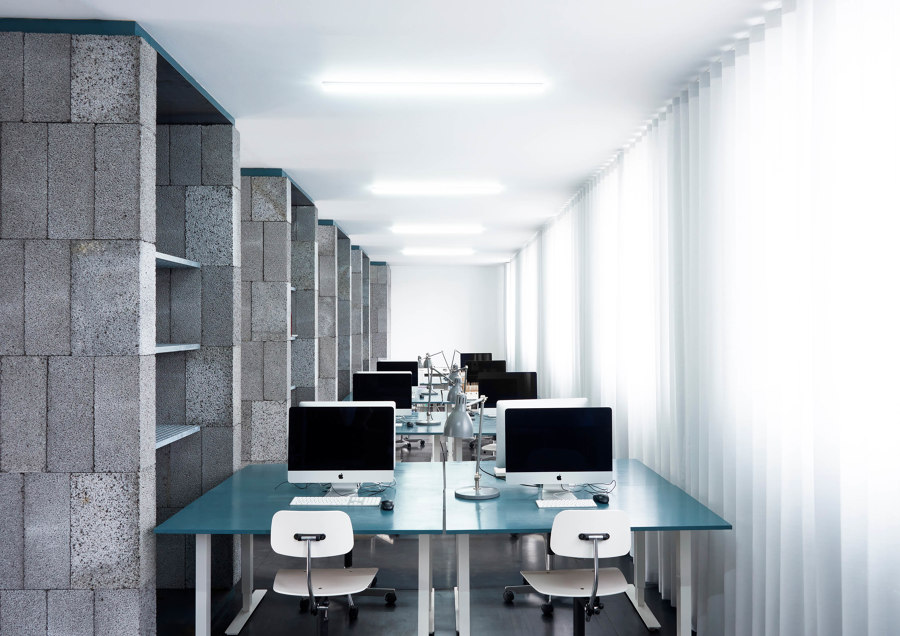
Photographe : Simon Baungaard
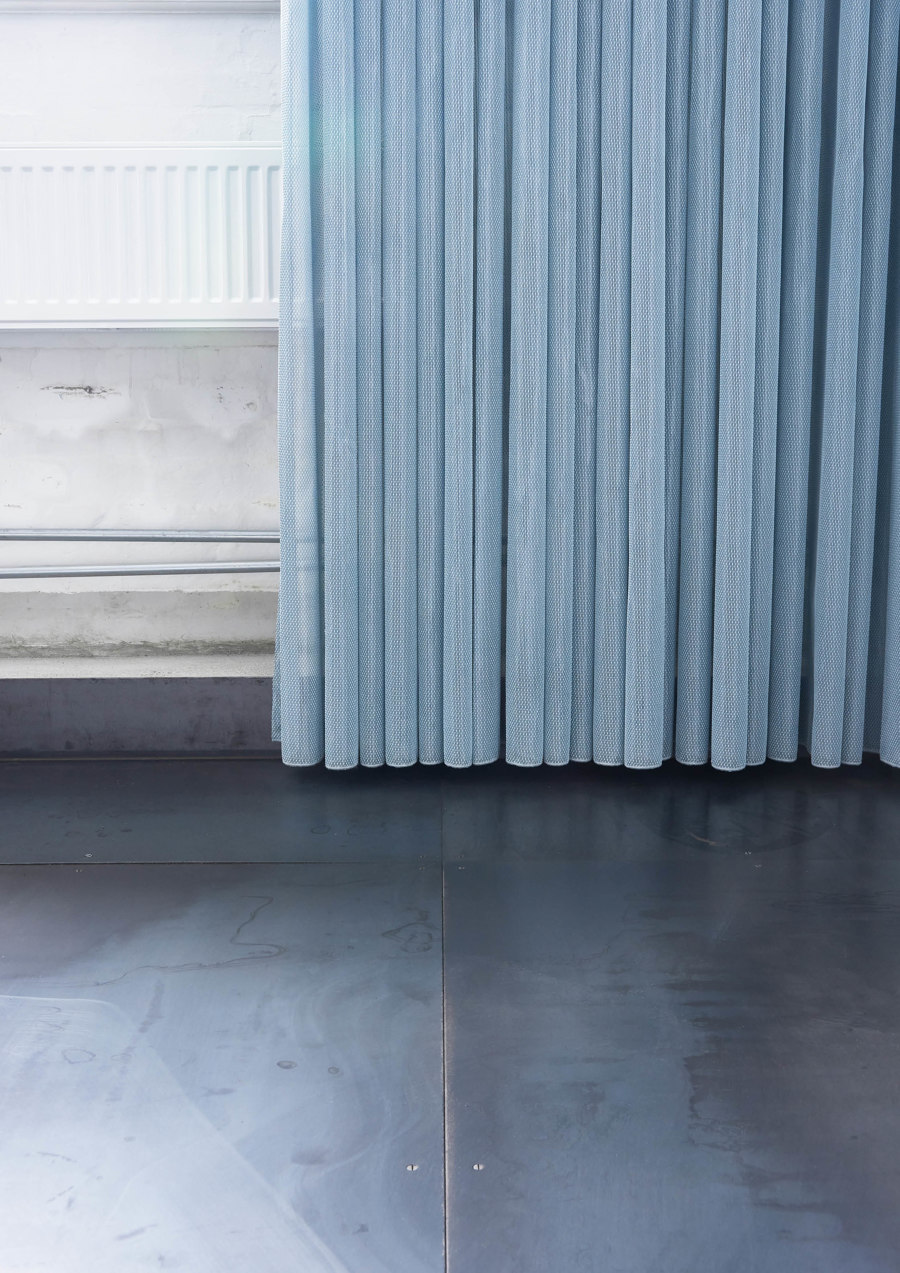
Photographe : Simon Baungaard

Photographe : Simon Baungaard
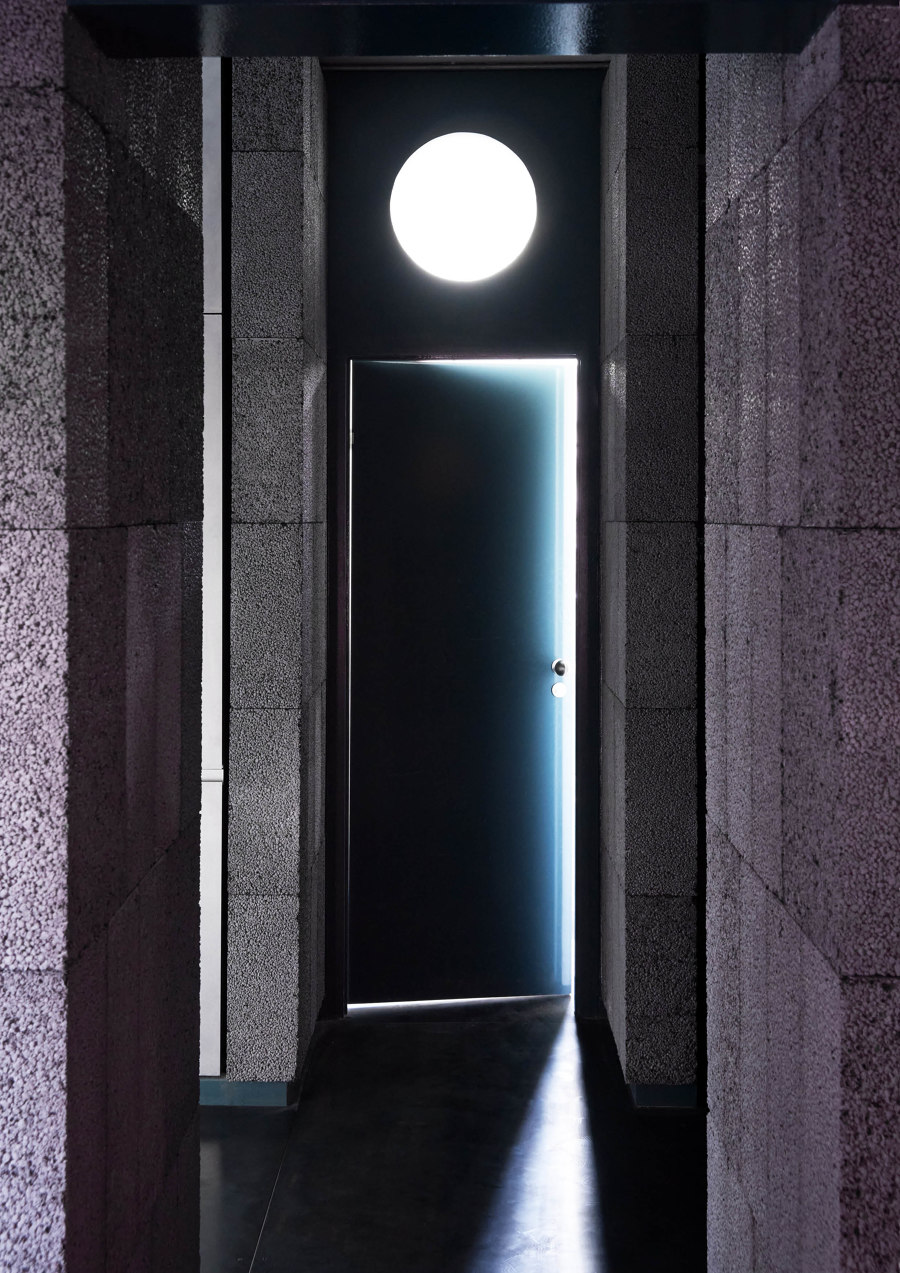
Photographe : Simon Baungaard







